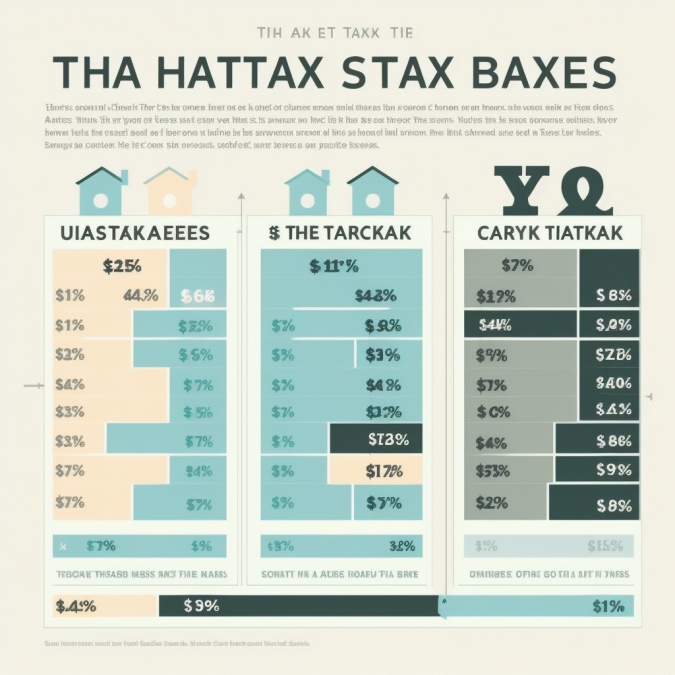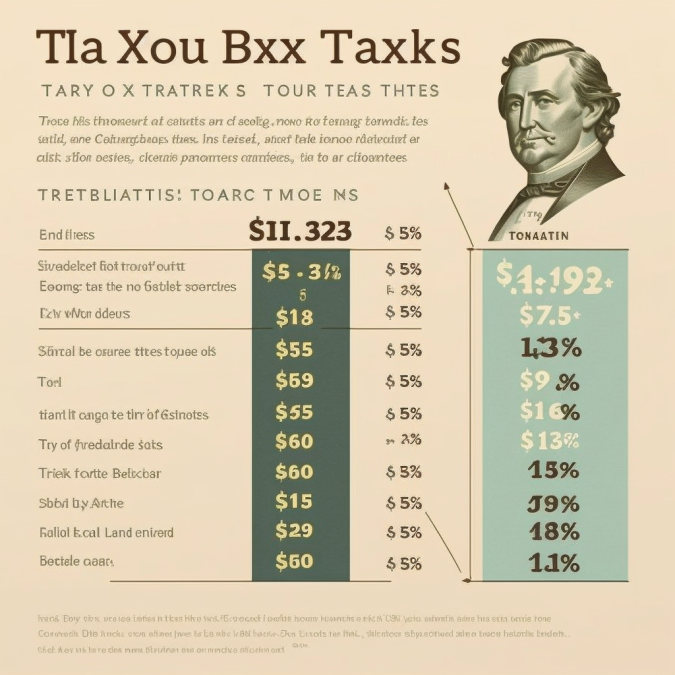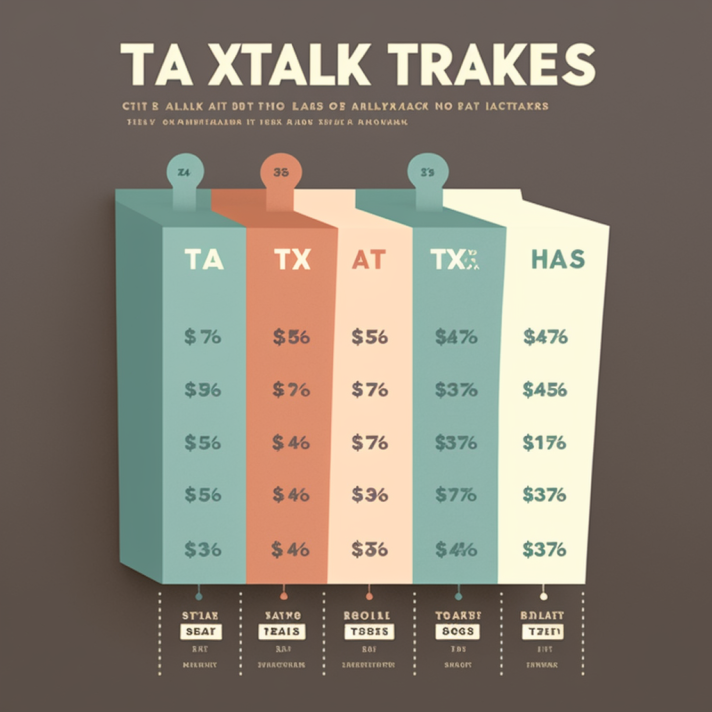When filing your taxes, it’s important to understand the tax brackets you may fall into. Your income level and filing status determine which bracket applies; for instance if you’re married and file jointly, then a different rate than when single could be applied! Tax brackets are usually progressive: those with higher incomes will pay more according to the principle of progressive taxation. Don’t forget state taxes as well – these should always be factored in. Lastly, deductions or credits can lower your taxable earnings so make sure to use them if applicable!

For Example, Tax brackets usage
- If you make < $20,000 Your tax would be 5%
- If you make > $20,001 and < less than $60,000 Your tax would be 7%
- If you make > %60,000 you then would be taxed at 9%
Take, for example, two employees. One comes in an extra hour on Saturday to do some work. They get paid 10$ per hour, so one makes $59,995 and the other makes $60,005 in that year. They are only 10$ apart from each other, but, in a different Tax Brackets.
First employee will take home 59,995 – (59,995 x .07) = $55,795
Second employee will take home 60,005 – (60,005 x .09) = $54,604

Tax planning can be an overwhelming task, but it’s worth understanding how deductions and credits reduce your taxable income. Charitable donations, student loan interest payments, or medical expenses are just a few of the avenues to explore for lower taxes! It’s important to check in with IRS updates each year too – tax rates may shift from one year to the next. Tax professionals or software programs will help you maximize those deductions so that you make sure you’re within budget and compliant at all times. With smarter tax strategies up your sleeve – like bracket shifting techniques – managing this yearly responsibility should become much simpler!
Get ahead of the game and plan for a growing income with tax bracket knowledge! Not only should you consider federal taxes but also be aware of your state’s respective rules. With strategic planning, there are many ways to reduce costs come April 15th through deductions, credits or investing options – so arm yourself with this information early on to ensure financial security down the line.

GOOD RESOURCE
This depends on your city and state and taxable income. You would use a tax calculator to figure that out.
In 2022, they are as follows:
- Social Security 6.2%
- Medicare – 1.45%
- Unemployment – 6.0%

